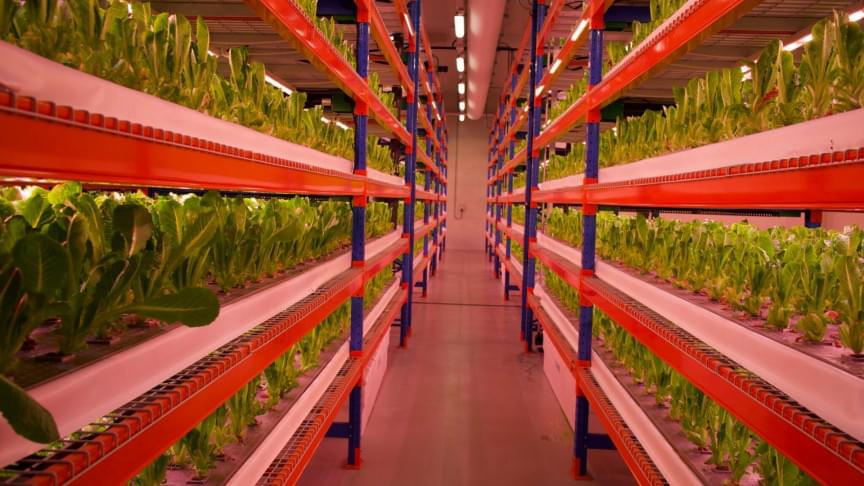
Category: food – Page 144


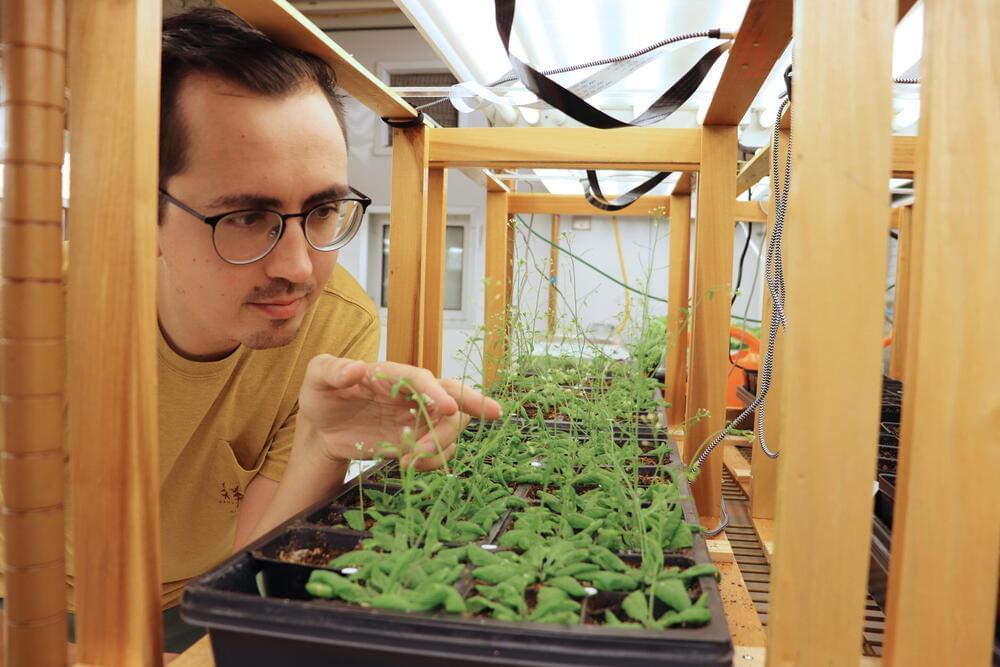
The missing links: Finding function in lincRNAs
Genomes contain regions between protein-coding genes that produce lengthy RNA molecules that never give rise to a protein. These long intergenic non-coding RNAs (lincRNAs) are thought to have important functions, such as regulating responses to environmental change. However, a paucity of well-annotated lincRNA data, especially for crop plants, has precluded a deeper understanding of their roles.
Up until now, there have been no systematic genome-wide studies that both confirmed DNA sequences that produce lincRNAs and proposed functions for those lincRNAs. Plus, data are reported differently across studies, making direct comparisons among them difficult.
These barriers inspired researchers at the Boyce Thompson Institute to take a comprehensive look at the identity, production and function of lincRNAs in four species in the mustard family, including the model organism Arabidopsis thaliana, and Brassica rapa, a species that produces boy choy, turnips and other food crops.
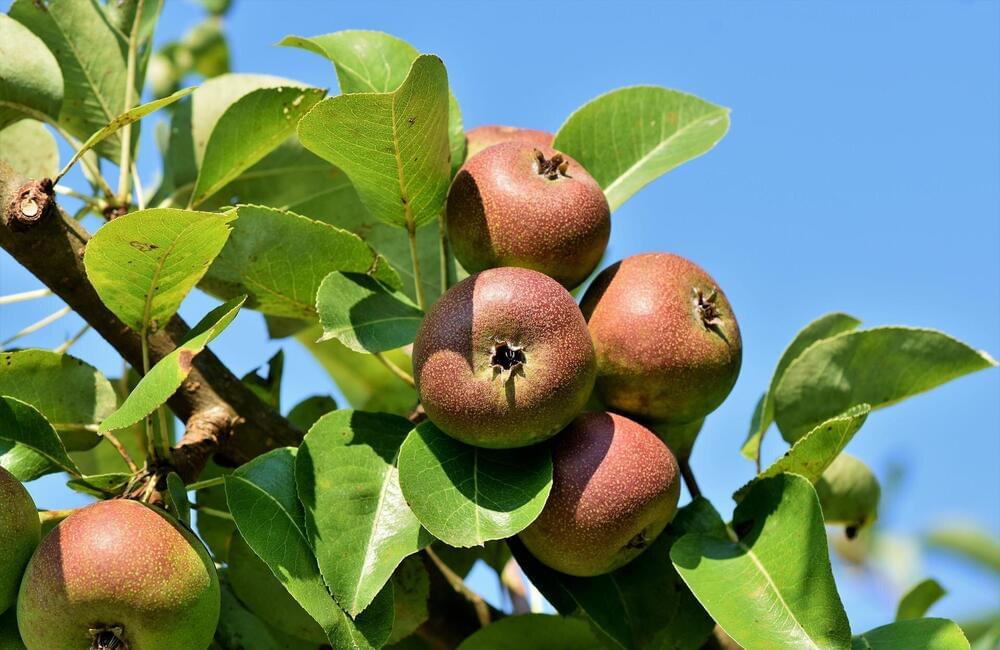
Agricultural engineers design early step for robotic, green-fruit thinning
Penn State agricultural engineers have developed, for the first time, a prototype “end-effector” capable of deftly removing unwanted apples from trees—the first step toward robotic, green-fruit thinning.
The development is important, according to Long He, assistant professor of agricultural and biological engineering, because manual thinning is a labor-intensive task, and the shrinking labor force in apple production makes manual thinning economically infeasible. His research group in the College of Agricultural Sciences conducted a new study that led to the end-effector.
The apple crop is a high-value agricultural commodity in the U.S., with an annual total production of nearly 10 billion pounds and valued at nearly $3 billion, according to He, who is a leader in agricultural robotics research, previously developing automated components for mushroom picking and apple tree pruning. Green-fruit thinning—the process of discarding excess fruitlets in early summer, mainly to increase the remaining fruit size and quality—is one of the most important aspects of apple production.
Rising food prices sees increased numbers of people going hungry worldwide
The latest Food Security and Nutrition in the World report reveals the extent of global hunger, with the number of malnourished people has increased for the sixth year in a row.
Vertical farms could take over the world
Vertical farming saves water, land, and energy — and it could be how we grow food on Mars.
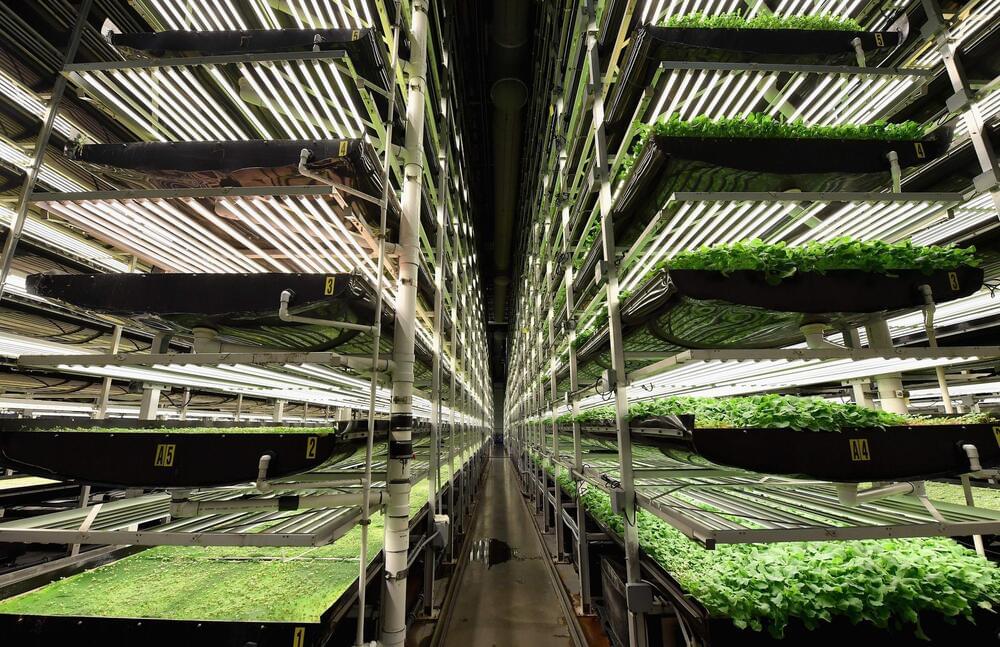
A Window On The Progress, Promise And Realities Of Indoor Agriculture
Last week New York City was host to the Indoor AgTech Innovation Summit, an event which drew 600 attendees, featured 90 speakers and included representatives from 42 countries. For a sector with some history of hyperbole about its role in feeding the world, the presentations and discussions during this event featured an overall balance of optimism and pragmatism. Many different kinds of “indoor” facilities were being considered at this meeting ranging from basic greenhouses all the way to multi-level “vertical farms” of the type pictured above. Industry players prefer to call their sector “controlled environment agriculture” or CEA. That is in contrast to mainstream agriculture which has the advantage of free solar energy and rainfall, but which must also deal with all the variables associated with weather and the limitations determined by geography.
The origins of CEA stretch at least as far the 17th and 18th century when “orangeries” in France were used in the winter to protect citrus trees grown in pots. For the last eight decades the Dutch have been technology leaders in the increasingly sophisticated and international greenhouse industry. In recent years CEA has been expanding world wide and trending towards a higher degree of control of the growing conditions including light, temperature, humidity, water, and carbon dioxide concentration. Fertilization in these systems is increasingly micromanaged in a soil-free setting such as “hydroponics” or “aeroponics.” Many tasks and process controls are automated.
This is an expanding industry with 7–8% annual growth projected for greenhouses and 15% per year for vertical farming. Greenhouses are commonly used to produce leafy greens, tomatoes, peppers, and cucumbers. The highest tech, vertical farming systems are currently focused on leafy greens and herbs. Even so, the packaged salad and leafy greens market is said to be in the range of $8.7 billion and projected to grow to between $13 billion and $25 billion within the next 5 years and CEA is likely to account for an increasing share.

Deep learning accelerates the detection of live bacteria using thin-film transistor arrays
Early detection and identification of pathogenic bacteria in food and water samples are essential to public health. Bacterial infections cause millions of deaths worldwide and bring a heavy economic burden, costing more than 4 billion dollars annually in the United States alone. Among pathogenic bacteria, Escherichia coli (E. coli) and other coliform bacteria are among the most common ones, and they indicate fecal contamination in food and water samples. The most conventional and frequently used method for detecting these bacteria involves culturing of the samples, which usually takes 24 hours for the final read-out and needs expert visual examination. Although some methods based on, for example, the amplification of nucleic acids, can reduce the detection time to a few hours, they cannot differentiate live and dead bacteria and present low sensitivity at low concentrations of bacteria. That is why the U.S. Environmental Protection Agency (EPA) approves no nucleic acid-based bacteria sensing method for screening water samples.
In an article recently published in ACS Photonics, a journal of the American Chemical Society (ACS), a team of scientists, led by Professor Aydogan Ozcan from the Electrical and Computer Engineering Department at the University of California, Los Angeles (UCLA), and co-workers have developed an AI-powered smart bacterial colony detection system using a thin-film transistor (TFT) array, which is a widely used technology in mobile phones and other displays.
The ultra-large imaging area of the TFT array (27 mm × 26 mm) manufactured by researchers at Japan Display Inc. enabled the system to rapidly capture the growth patterns of bacterial colonies without the need for scanning, which significantly simplified both the hardware and software design. This system achieved ~12-hour time savings compared to gold-standard culture-based methods approved by EPA. By analyzing the microscopic images captured by the TFT array as a function of time, the AI-based system could rapidly and automatically detect colony growth with a deep neural network. Following the detection of each colony, a second neural network is used to classify the bacteria species.
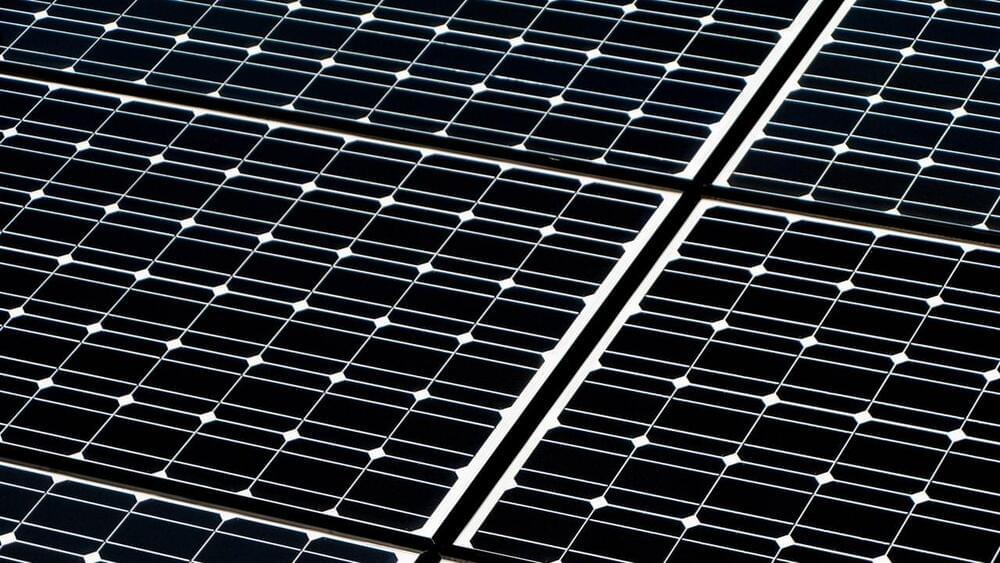
Dr Dana Merriman, PhD — UW-Oshkosh — Hibernation Biology & Applications In Human Health & Resilience
Hibernation Biology & Applications In Human Health & Resilience — Dr. Dana K. Merriman, Ph.D., Distinguished Professor Emerita of Biology; Director of the Squirrel Colony, UW-Oshkosh.
Dr. Dana K. Merriman Ph.D. (www.uwosh.edu/facstaff/merriman/VaughanHome), is Distinguished Professor Emerita of Biology, and Director of the Squirrel Colony, at University of Wisconsin Oshkosh, and Adjunct Professor of Ophthalmology & Visual Sciences, Medical College of Wisconsin.
With her BA in Biological Science and her PhD in Physiology and Cell Biology, both from University of California-Santa Barbara, as well as having spent time as a Postdoctoral Fellow at University of Utah Health Sciences Center, a core focus of Dr. Merriman’s laboratory research over the years has been the development of a captive breeding colony of the 13-lined ground squirrels.
This unique, one-of-a-kind captive breeding program, due to this species very unique cone-dominant, diurnal visual system, as well as their impressive physiological ability to survive in hibernation for over six months without food or water, has served investigators with animals and custom-dissected tissues from the US, Asia, and Europe for decades, as well as been core to Dr Merriman’s own work on vision, including cone cell biology and retinal function during the metabolic state transitions associated with hibernation.
Over the years, Dr. Merriman expanded her research horizon well outside of vision, into neuroscience, and in recent years she has collaborated on studies of muscle physiology, viral genomics, molecular biology of transposable elements, and comparative genetics of the control of coat patterning.